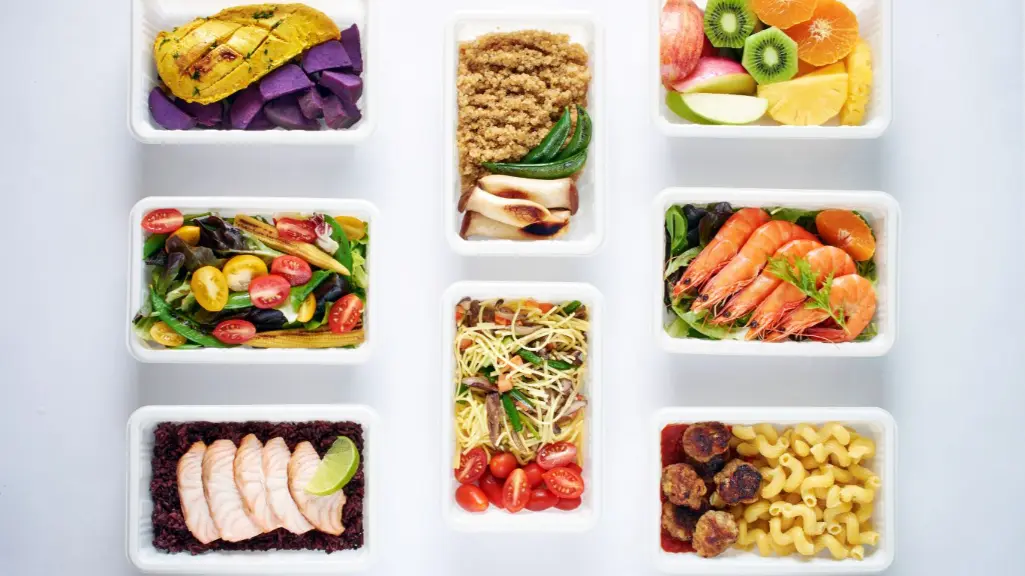Alright, listen up, athletes! You’re pushing your limits in training, right? That’s awesome! But here’s the thing: all that hard work can be boosted or busted by what you’re putting into your body.
Think of your meal plan as the secret weapon in your athletic arsenal, the thing that fuels your energy, speeds up recovery, and sets you up to really crush your goals.
It’s not just about eating—it’s about eating smart, tailored to what you need for your sport.

Key Takeaways:
- Ditch Hangry Gremlins, Win Workouts: Learn to cook like a champ! This guide helps athletes ditch unhealthy fast food and create delicious meals that fuel their bodies for peak performance.
- Supercharge Your Training: Forget boring chicken and broccoli! This meal plan is packed with tasty recipes that are bursting with energy-boosting nutrients to help you crush your workouts.
- Fuel Your Body, Save Time: No more scrambling in the morning! This guide includes time-saving meal prep tips so you can conquer hunger pangs and focus on winning, not prepping.
The Fuel We Use: Breaking Down the Big Three
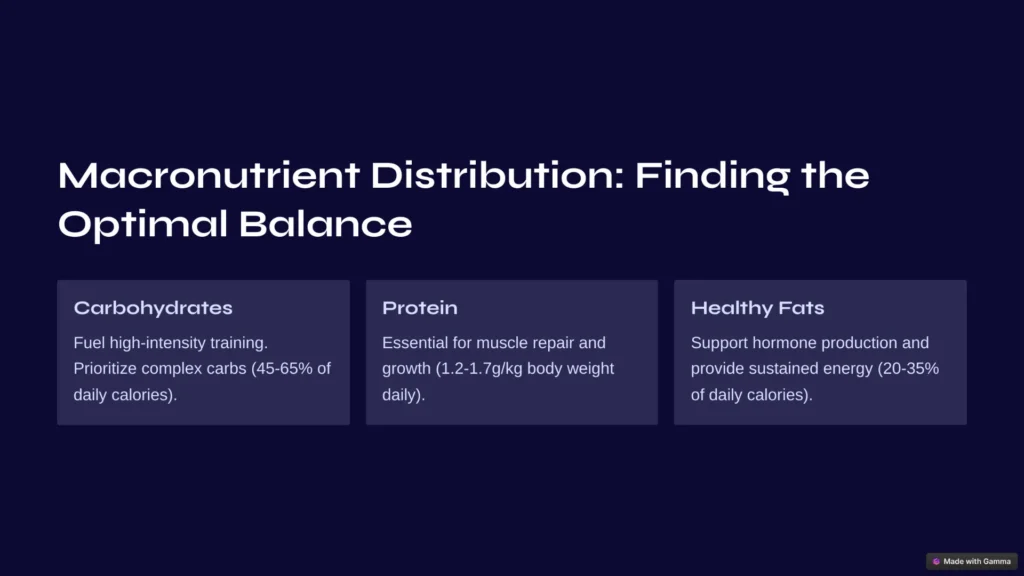
You’ve probably heard about macronutrients—carbs, proteins, and fats—but let’s talk about why they matter to you as an athlete and how to get the balance right.
Carbs: Your High-Octane Fuel
Carbohydrates are like the fuel that keeps your engine revving. When you’re training hard, especially at high intensities, you’re burning through energy like crazy.
What’s the deal? Complex carbs are the key—think whole grains, fruits, veggies, legumes, and sweet potatoes. These guys are slow burners, keeping you energized for hours.
Why are they so important? They fill up your glycogen stores, which are basically the stored fuel in your muscles. Without them, you’ll be running on fumes.
How much do you need? Shoot for 45-65% of your daily calories from carbs—that’s your target. If you are training very intensely, you might need to shift towards the upper end of that.
Protein: Building a Stronger You
Protein is like the construction crew for your body—it builds and repairs muscles, especially after you’ve been pushing hard in the gym or on the track.
What to look for? Top choices are lean meats (chicken, turkey), fish, eggs, dairy (Greek yogurt is a beast! ), and plant-based powerhouses like beans, lentils, and tofu.
Why is it important? When you train hard, you create tiny micro-tears in your muscles; protein is the substance that gets in there and fixes those tears stronger.
How much? Aim for 1.2-1.7 grams of protein for every kilogram you weigh each day, and try to spread it out over your meals. This will help you get all the benefits.
Healthy Fats: The Energy That Keeps You Going
Fats are like the long-distance runner of the macronutrients; they are often overlooked, but they keep you going for the long haul and help keep hormones in check!
Where to find them? Look to unsaturated fats—you know, the stuff in nuts, seeds, avocados, olive oil, and salmon.
Why are they crucial? They support hormones (essential for feeling your best), and they make sure you can absorb important vitamins (A, D, E, and K). It’s a team effort here.
How much? Aim for around 20–35% of your daily calories to come from healthy fats.
Timing is Everything: The When of Eating

Now, when you eat can be just as crucial as what you eat. Timing meals strategically can make a world of difference.
Pre-Workout: Getting Ready to Go
When? Try to eat around 1-3 hours before your workout.
What to eat? Load up on easy-to-digest carbs for that quick energy and add some moderate protein for muscle support. Keep the heavy fats on the low.
Examples:
- A good bowl of oatmeal with some fruit slices
- A smoothie made with spinach and protein powder
- Toast with some banana slices
- A handful of nuts
Post-Workout: Time to Recover
When? Aim for within 1 hour after your workout.
What to eat? You want a combo of carbs and protein to replenish your glycogen and kickstart muscle recovery.
Examples:
- Grilled chicken and brown rice, a classic!
- Greek yogurt with berries and some crunchy granola
- A protein shake mixed with a scoop of fruit and oatmeal
- Tuna and brown rice crackers
A Sample Day: Fueling a Morning Training Session
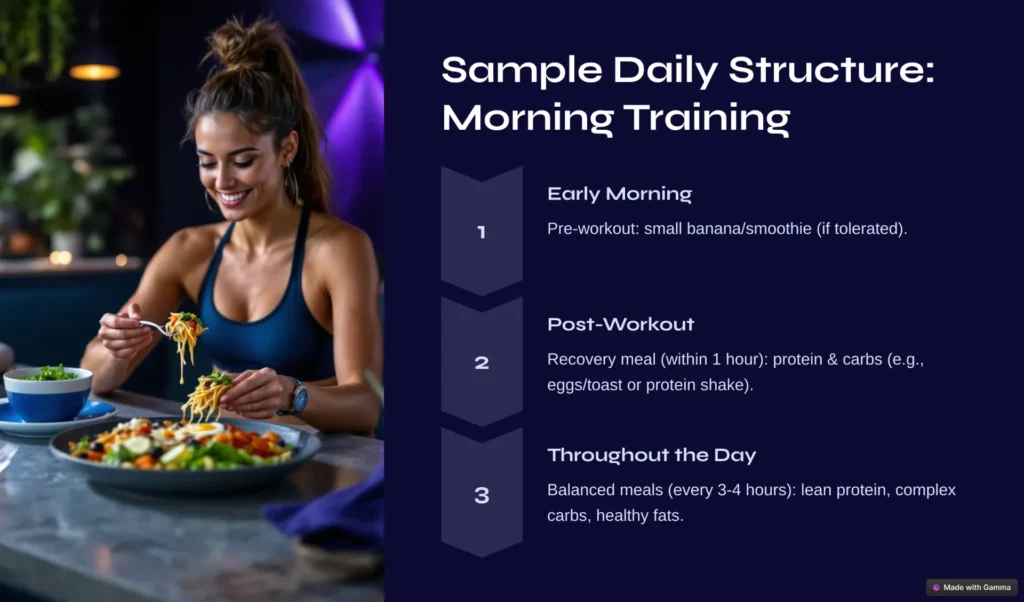
Let’s map out how this could look for a morning training session—you can tweak based on your own schedule:
- Early Morning (Pre-Workout): If you can tolerate food, have a quick snack like a banana with some peanut butter. This is going to give you a good energy boost.
- Post-Workout: A good meal with protein and carbs will set you up well; try eggs on toast with avocado. Or a protein shake with fruit and oats.
- The Rest of the Day: Keep your energy levels up with balanced meals every 3-4 hours. Include protein, carbs, and fats in each. A good choice is a salad with grilled chicken or turkey or a wrap with some hummus.
Hydration: The Power of Water
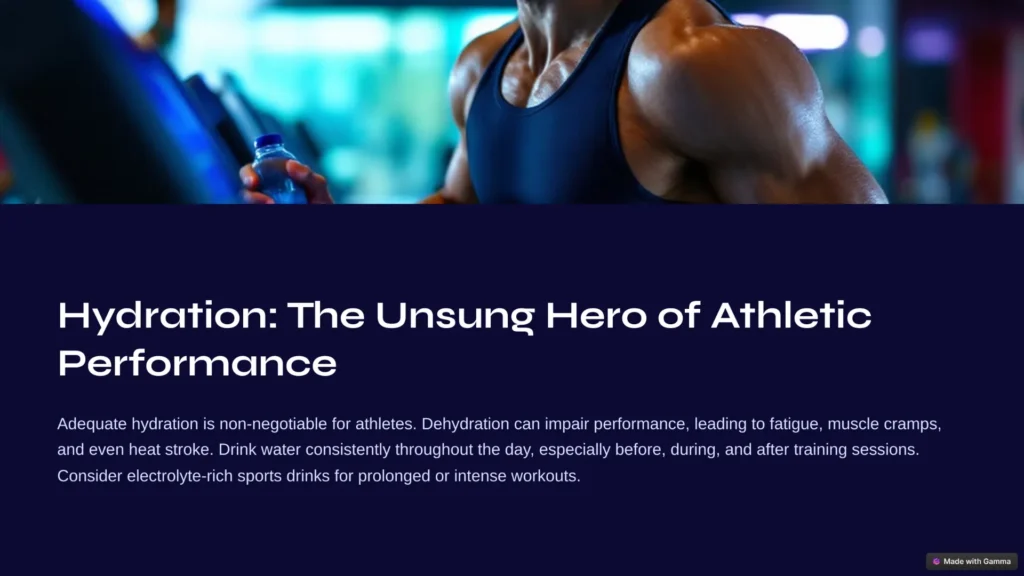
Let’s be real, water is the unsung hero. If you aren’t hydrated, your performance will be rubbish!
How much? Drink it all day, especially before, during, and after training.
Electrolytes? If your training is intense or lasts a long time, electrolytes can be useful.
Micronutrients: The Little Things That Matter
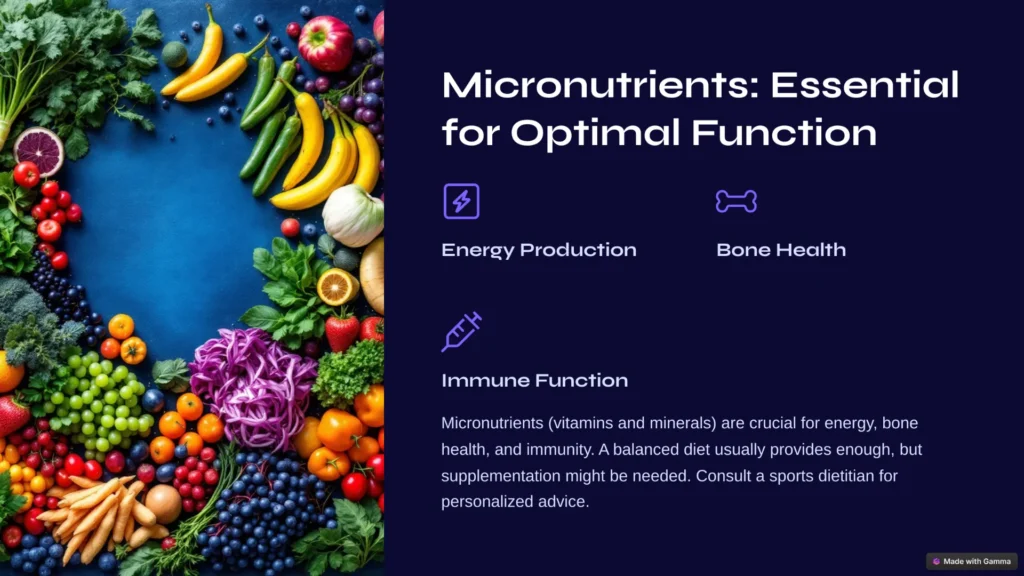
Vitamins and minerals aren’t as flashy as the macronutrients, but they’re super important for everything from energy to immunity.
How to get them? Load up on colourful fruits and veggies, whole grains, and lean protein, as much as possible.
Supplementation? If you think you might need some extra help, have a chat with a sports dietitian.
Getting Ready for Peak Performance
Eating for Your Sport
Each sport has its own nutritional needs, so find out what works best for you. If you are an endurance runner, you’ll want to be eating more carbs than a weightlifter would! We’ve got some other stuff here on GearUpToFit to help with that, like this guide on nutrition for runners.
Game Day Prep
Carb loading a few days before the big day can help. Make sure you’re hydrated and stick with what you know—don’t experiment with new foods right before an event!
Recovery: It’s All About the Bounce Back
Post-workout is as crucial as pre. It’s when your body repairs and refuels. It’s not just about eating either; rest and active recovery also play an important role. For more tips on recovery, check out this article on post-workout nutrition.
Let’s Put This Into Action
You want this information to be something you can actually use, right?
- Meal Prep: Prepare some meals in advance so you can grab healthy food on the go. Batch cook some grains and roast veggies; that’s the easy way to do it. For more meal prep ideas, check out this healthy overnight oats recipe.
- Make it Yours: Everyone is different, so you should work with a sports dietitian or nutritionist to make a plan that’s right for you.
- Your body will tell you: Tune into how you feel. Adjust if something isn’t working.
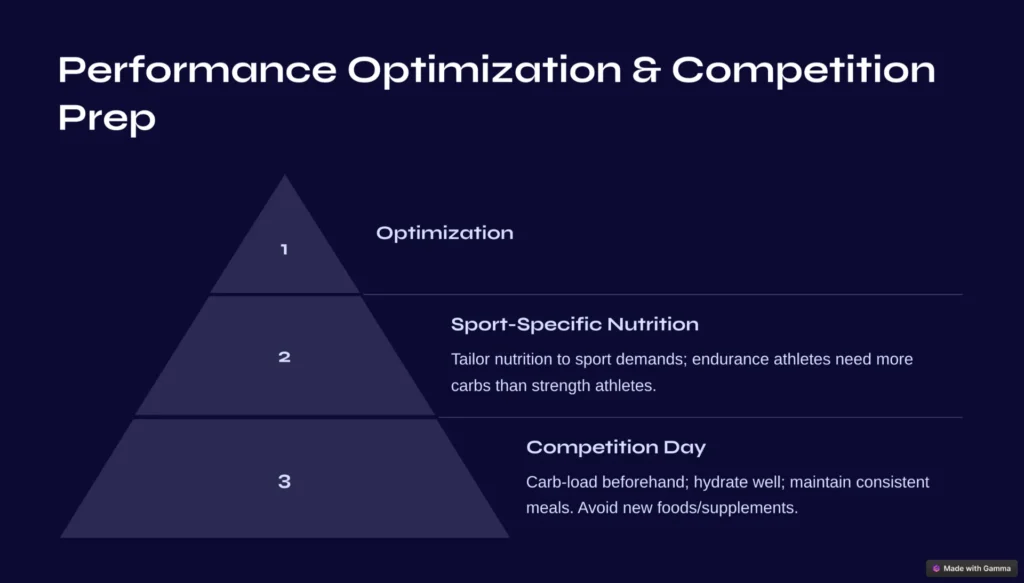
Take the Next Step!
Ready to take charge of your nutrition? We have resources on meal prep you can check out. Or, if you want some specific help, book in for a consultation with one of our nutrition coaches.
References:
https://www.nenutritionexercise.com/blog/7-day-meal-plan-for-athletes
https://nutritionbymandy.com/athlete-meal-plan/
https://explosivewhey.com/blogs/fitness-nutrition/the-most-effective-nutrition-plan-for-athletes
https://explosivewhey.com/blogs/fitness-nutrition/guide-to-a-healthy-7-day-meal-plan-for-athletes
https://www.hopkinsmedicine.org/health/wellness-and-prevention/nutrition-and-fitness/nutrition-for-athletes-what-to-eat-before-a-competition
https://sportlane.com/en/blog/athlete-diet-plan
https://www.livestrong.com/article/280826-daily-meal-plans-for-athletes/
https://healthy.kaiserpermanente.org/health-wellness/healtharticle.healthy-eating-for-athletes
https://www.betterhealth.vic.gov.au/health/healthyliving/sporting-performance-and-food
https://everydayathleteprogram.com/articles/nutrition/athletemealplan
https://nutrium.com/blog/how-to-create-meal-plans-your-athletes-will-want-to-follow/
As a veteran fitness technology innovator and the founder of GearUpToFit.com, Alex Papaioannou stands at the intersection of health science and artificial intelligence. With over a decade of specialized experience in digital wellness solutions, he’s transforming how people approach their fitness journey through data-driven methodologies.
